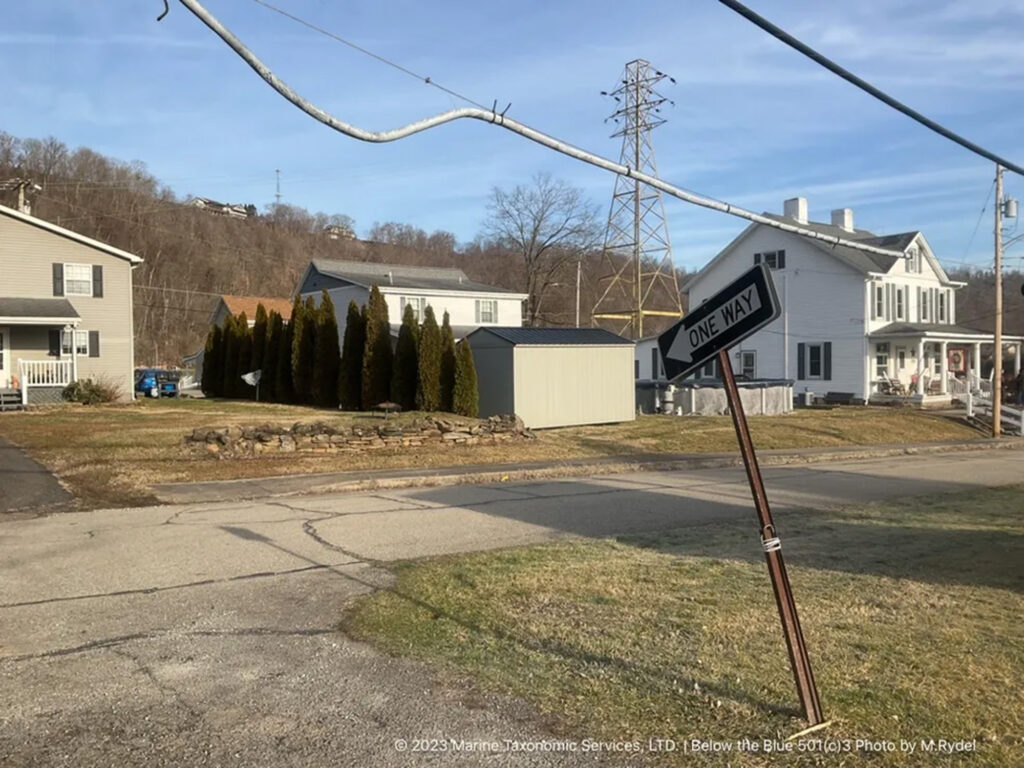What Happened?
The Wall Street Journal provided an update on its groundbreaking investigation indicating that lead pipes used for telecom cables are releasing lead into the environment. There are more than 66,000 miles of these lead telecom cables hanging from telephone poles or in lakes, rivers, and streams across the United States.
EPA has requested meetings with the leading telecom companies to discuss the technical results of the agencies investigation into contamination in Louisiana, New Jersey, and Pennsylvania described in the WSJ articles. The agency’s preliminary investigation showed “no immediate threats that would require emergency or urgent removal actions.” However, it said that “while some locations sampled show concentrations above screening levels for long term exposures, existing data is not sufficient to determine whether lead from the cables poses a threat, or a potential threat, to human health or the environment.”
The two telecom companies continue to maintain that their test results show that the cables “pose no significant public health risk.”
Why It Matters
The best evidence indicates that there is no safe level of exposure to lead by children or adults; any ingestion or inhalation of lead is associated with harm that increases with greater exposure. Therefore, the goal is to drive exposure to lead closer to zero.
The evidence uncovered by the WSJ suggested that lead telecom cables are resulting in an ongoing release of lead—a hazardous substance under the Superfund1 clean-up program—into the environment. In July 2023, Environmental Defense Fund, Clean Water Action, and Below the Blue requested that EPA investigate the WSJ findings and whether the release poses a risk that must be managed.
Three months later, EPA provided the three groups with an update on its preliminary investigation. It explained that on July 26, EPA had sent the two leading telecom companies a letter exercising its authority under Superfund to demand key information regarding the nature and extent of lead contamination related to these cables. It appears that the agency is now considering the long-term risks and evaluating the potential costs to stop the releases.
Our Take
The WSJ also went to truly extraordinary lengths to make sure the reporting was ironclad.
Bob Herman of the STAT
We are glad to see WSJ continuing to pursue this important investigation.2 We are not alone. The staff at STAT—a key outlet for journalism about health, medicine, and life sciences—identified the WSJ investigation as one of their favorite stories of 2023, describing it as one they wish they had written. STAT’s Bob Herman said, “The WSJ also went to truly extraordinary lengths to make sure the reporting was ironclad—filing requests for thousands of permit records tied to the telephone cable network, training a machine-learning algorithm to see if lead cables were in Google Street View images, even scuba diving to collect lead samples. For me, it’s a no-brainer: This series is the most important public health journalism of the year.”
Next Steps
In January 2024, EDF told EPA that Tom Neltner of Unleaded Kids would serve as point person for any follow-up on the issue. Unleaded Kids will continue to track EPA’s investigation and press the agency to take any action necessary to assess the risk and protect impacted communities.
- Also known as the Comprehensive Environmental Response, Compensation, and Liability (CERCLA) Act. ↩︎
- While at EDF, Tom Neltner was involved in aspects of the WSJ investigation. See blog on EDF’s role. ↩︎

